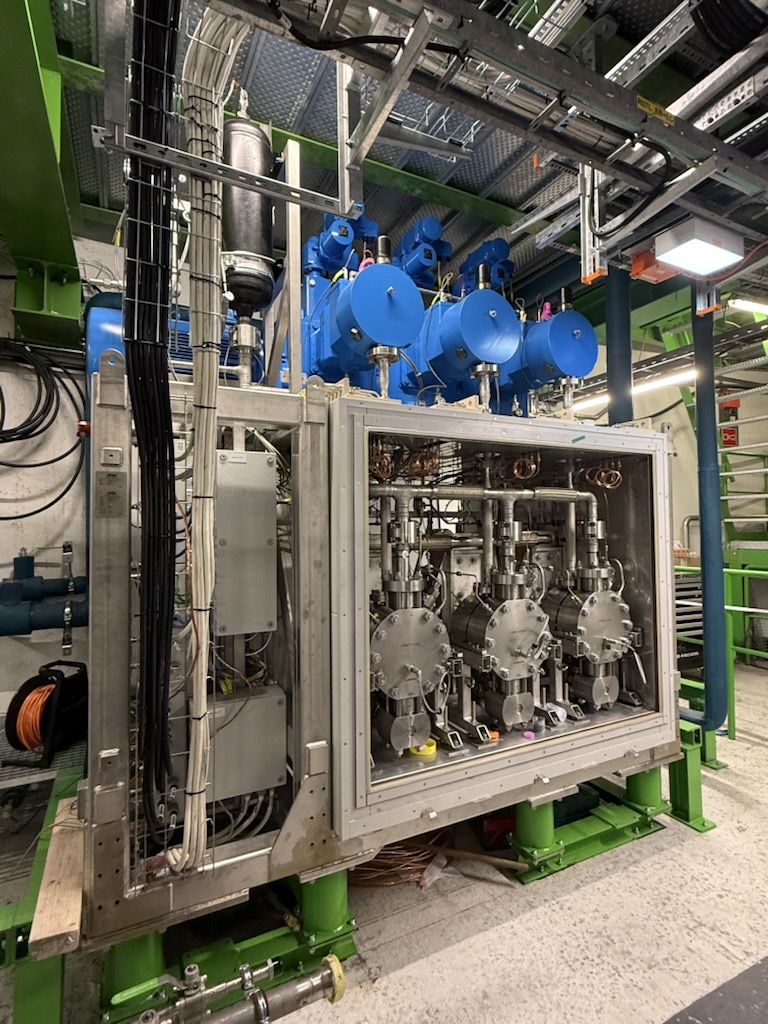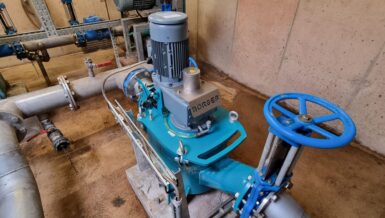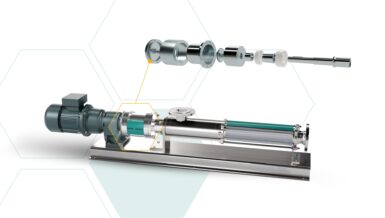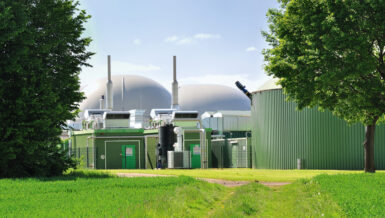Buried deep beneath Swiss soil, the Large Hadron Collider is the most powerful particle accelerator in the world. It comprises a ring tunnel approximately 27 kilometres long with four measuring points, including the ATLAS and CMS detectors. ATLAS is 46 meters long and 25 meters in diameter, making it the LHC’s largest detector, while CMS, weighing 12,500 tons, is the heaviest. These detectors use precision measurements to record the path, momentum and energy of the released particles, allowing them to be individually identified and measured after the accelerated protons collide.
Operating temperatures as low as -55 °C are essential to preserve precision and ensure the new silicon sensors are not damaged by high doses of radiation. Jérôme Daguin, Cooling Engineer and CMS Cooling Coordinator at CERN, explained: “ATLAS and CMS will use a two-phase CO2 cooling system for all their silicon trackers and endcap calorimeter detectors, which is an environmentally friendly option compared to other suitable cooling media. The system enables high heat transfer at a low viscosity and a temperature range that is well-suited for operating the detector.”
To introduce the cooling medium precisely and safely, CERN is once again working with pump experts from LEWA, whose Swiss subsidiary LEWA Switzerland AG has already supplied pumps for the use of liquid CO2 to other facilities on the research campus.

Meeting CERN specifications
“The list of requirements was quite ambitious and required some very special adjustments which we made during prototype development,” Wieland Wolff, Area Sales Manager from LEWA Switzerland AG said.
The extremely low operating temperatures were particularly challenging. For example, the pump drive unit must not come into contact with the extremely cold CO2. This required a special remote design, with the valve head installed separately from the displacement system of the pump. A special silicone oil was required, which involved identifying suitable seals. A larger diaphragm pump head was specified to reduce mechanical stress and the risk of cracks or ruptures in the diaphragm, which could otherwise become brittle due to the cold. Since the cooling medium and the hydraulic oil in the pump head are only separated by the thin PTFE diaphragm, the oil must be suitable for low temperatures and not freeze. Furthermore, the forwarded temperature at the drive unit must not fall below -20 °C. LEWA engineers addressed this by adding a reciprocating line in which the hydraulic oil can heat up, preventing the -55 °C CO2from reaching the drive unit.
To prevent the CO2 warning alarms from being triggered accidentally after installation on site, the hermetically tight units were coated with PTFE at the flange connections and critical points such as the lens gaskets. This prevents CO2 leaks, which would result in evacuation and system stoppages. In addition, the drive unit and drive head were modified to provide appropriate measuring points for CERN instruments.

LEWA pumps drive the new cooling system
A total of 18 LEWA ecoflow LDG pumps are being deployed for cooling the ATLAS and CMS detectors. They are installed in the service caverns, outside the radiation and magnetic field area found in the experimental caverns. This allows the LEWA pumps to be controlled from the control room via electric stroke adjustment and a frequency inverter, eliminating the need for employees to operate them directly.
When the project completes in 2028, the installed pumps will cool the electronics and the silicon sensors in the LHC detectors via a complex network of transfer lines, distribution collectors and small cooling pipes that are in contact with the silicon sensors.
“They are the core element of the cooling units for the Phase 2 Upgrade silicon detectors of the ATLAS and CMS experiments at CERN,” explains Daguin.
For the LEWA pump experts, however, the search for answers continues. “Together with the experts on site, we want to carry out bending cycle tests that will enable us to fully investigate the service life of the pump diaphragms in continuous operation. This suggestion came from CERN and underscores the excellent collaboration and our mutual goal, that everyone involved should benefit from the project,” concludes Wolff.
Further information at: www.lewa.com and www.atlas.cern











